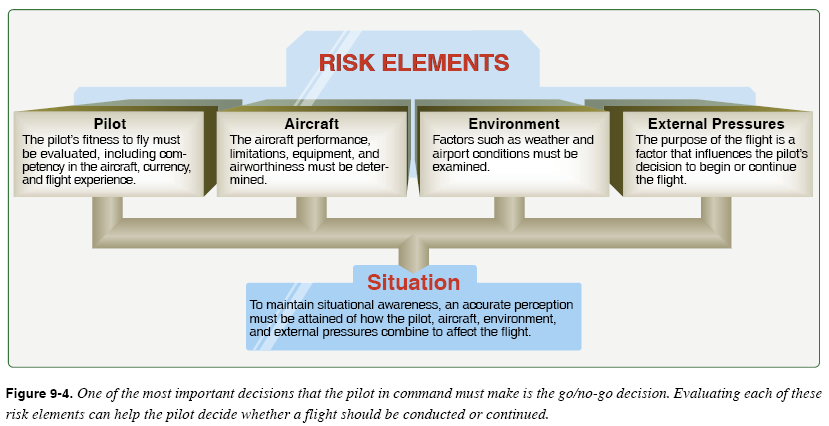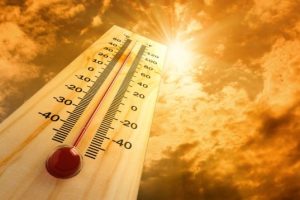The official start to summer is just right around the corner, an exciting time particularly up here in the Pacific Northwest. With summer upon us we tend to see an increase in temperatures and more VFR weather, resulting in an increase in air traffic at and around airports. Changing seasons means a changing environment and pilots should be aware and understand the effects of seasonal changes. I’m sure you’ve heard the acronym “PAVE” before, right? Summer brings with it a new set of pilot, aircraft, and environmental challenges. Not to mention the external pressures of getting to the beach ASAP!

In regards to the operation of aircraft systems, warm weather presents new challenges that may not be as apparent during cold weather operations. Things like decreased engine performance due to higher temperatures, humidity, and density altitudes. As temperatures increase, air density decreases resulting in fewer air molecules. Think of it like this: less air molecules result in less air for your prop to grab onto and create thrust. What this boils down to is your takeoff roll will be increased and climb out performance will decrease during warm weather operations.
If you are operating a fuel injection engine you should be aware of issues like vapor lock which is experienced typically only on a hot day. Vapor Lock is a condition in which fuel vapors form in the fuel line between the tank and the engine. The pressure of the vapor is high enough that it prevents liquid fuel from flowing to the engine, and the engine dies of fuel starvation. Vapor lock is most likely to form on hot days when the engine is operated for a long time on the ground. The danger of vapor lock can be minimized by using a fuel boost pump, if installed, to maintain positive pressure on the fuel in the lines between the tank and the engine. Vapor can also be introduced into the fuel line by running one tank dry before selecting a full tank. This happens when the engine-driven fuel pump or electric boost pump draws air into the fuel lines, causing a vapor lock that prevents fuel from reaching the carburetor or fuel injection system.
Also be aware of warm weather operations that affect you as a pilot. Flying for long stretches in hot summer temperatures or at high altitudes increases your susceptibility to dehydration, since the dry air at altitude tends to increase the rate of water loss from the body. If this fluid is not replaced, fatigue may progress to dizziness, weakness, nausea, tingling of hands and feet, abdominal cramps, and extreme thirst. In other words, make sure to drink your fluids!
Still, you just can’t beat summertime flying. It’s a great time to get out there with your ASA headset. Just be cautions and aware of the often overlooked risks of flying in warm weather.





